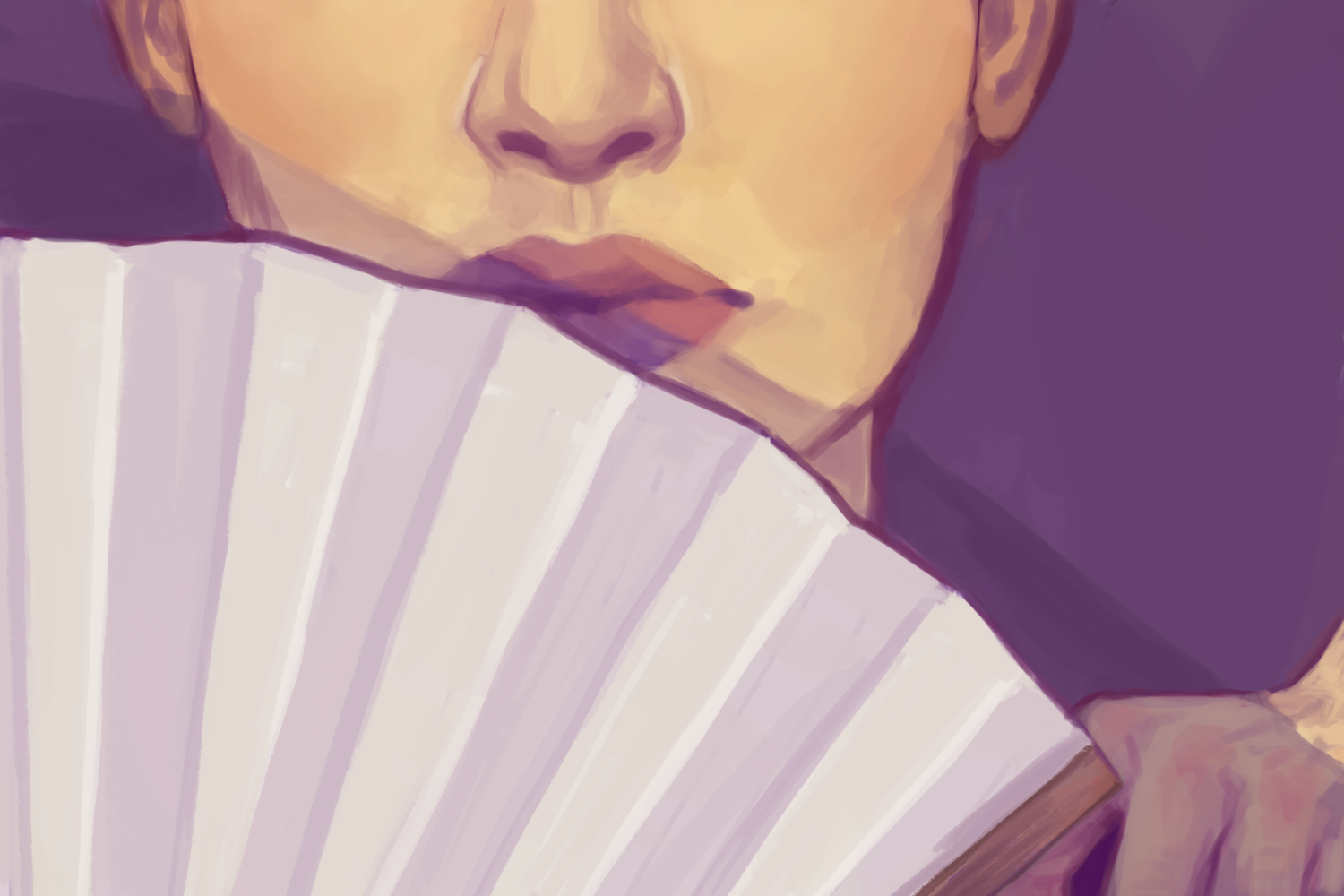Female friendship has never met such intimacy and grace until Lisa See’s novel “Snow Flower and the Secret Fan.” Based in mid-19th century China, the “China Dolls” author embroiders another masterpiece onto the fabric of Chinese cultural history with the fictional novel.
See has a special talent for making the uncomfortable and unfamiliar aspects of another culture’s history into a fascinating and emotionally driven experience for her readers. With translucent prose and quiet conviction, See weaves a heartaching story of femininity, duty and the female companionship around the ancient literary practice of nu shu. Through a beautifully composed story, See breaks down the wall of inherent cultural biases and stereotypes in an enchanting way that textbooks can’t.
Here are four things that “Snow Flower and the Secret Fan” reveals about culture biases.
1. Misogyny and Misinformation
Many cultural aspects of Imperial China were touted as backward, cruel and misogynistic. Although the older Western practices of arranged marriages and the willing deformation of bodies through devices like corsets were similarly restrictive, these practices are often ignored, and the textbook image of Imperial China is still thought of as the “other.”
China as the Orient is a bias that many people still struggle with. From the outside looking in, it is easy to paint another culture as misogynistic or backward. Some may point to things like foot binding, arranged marriages and the patriarchal structure as misogynistic aspects of Chinese culture, but often neglect or perhaps overlook the same occurrences in their own cultures.
In the most candid and empathetic way possible, See reveals that her female characters are not to be pitied. The straightforward narrative delves into the difference between respect for tradition and mere obedience to male figures. Her female characters find themselves in a unique position of control over their emotions despite facing traditions that are restrictive or dismissive toward women. See’s protagonists do not love simply because they are told to love.
2. Footbinding and Fetishization
For those who don’t know, footbinding took off as a kinky and fetishized phenomenon. What began as a trend among female dancers in the imperial court continued on for 10 centuries in which mothers would essentially fold their daughters’ toes underneath their arch to form the desired “lotus” shape. The smaller the feet, the more respectable and chaste the lady seems.
It seems cruel to painfully cripple a child’s foot for the sake of society, but for women in 19th-century China, footbinding was not a choice; it was a lifestyle. The American in me could not understand how any mother who had experienced the bone-crunching pain of binding could do the same to their daughter, and neither could Westerners who came to China at the time.
Western Christian missionaries who came to “save” the Chinese saw the practice as outrageous. Since then, footbinding has been touted in the Western world as yet another example of Chinese backwardness, as if Western practices like suffocating corsets did not disfigure the female body.
Though I am not a supporter of foot binding, my initial reaction to foot binding blinded me the truths of it. Despite the constant breaking of the feet, women with bound feet in the novel were not actually crippled; if bound correctly, girls would continue to perform many tasks on their own..
Binding was done in hopes of procuring a better social and financial future for daughters. Although difficult to understand, See’s characters demonstrate what motherly love looked like in late imperial China.
3. Women and Education
While it is true that Chinese women were not allowed the opportunity for social advancement through imperial exams, educated and literate women were markers of wealth and a source of pride. One of the most fascinating discoveries of Chinese women’s educational history is nu shu, a phonetically driven “secret” language written and spoken by the female population of the Hunan province. Because the language does not utilize characters and symbols like classical Chinese characters do to derive meaning, See’s characters help to reveal that a woman literate in nu shu, must “[consider] texture, context and shades of meaning.”
Nu shu and the discussion of language in See’s novel challenges what it means to be educated. Does education matter only when itleads to social and economic advancement? This entire novel screams no. The acute attention paid towards rhetoric and the metaphors is enough to qualify written nu shu as literature. But more importantly, See reveals that the artfulness of the language pales in comparison to the intimacy and deep love between the female correspondents.
True, women were not often given the same education in the same language as their male counterparts did. But what Snow Flower demonstrates is that her education in nu shu gave her much more enjoyment, companionship and hope than a classical Chinese education could offer.
4. Arranged Marriages and Friendships
Of course in 21-century America, the thought of having arranged relationships seems archaic and oppressive. As the freedom-loving American I am, one bias I held against Imperial Chinese society was that choosing my own husband or even friend would not have been an option. In history books, all these relationships are made to look so unfeeling. Having a “laotong” (old same) meant that you were stuck with one girl as your special friend forever and ever, but what if I don’t even like her?
That’s just another inherent bias that surfaced as a result of reading this novel. The relationship that Snow Flower and Lily share as laotongs is one of love and friendship that would be impossible without the arrangement. Despite the scheming involved, See pushes the reader to think in the protagonist’s tiny shoes and overcome the initial distaste for contractual friendship. I’d still pass on the arranged marriage though.
The novel reflects reality in that not all women find romantic love and fulfillment in marriage or friendship, but also demonstrates that striving to feel love and to be loved is better than passively accepting superstitious arrangements.









